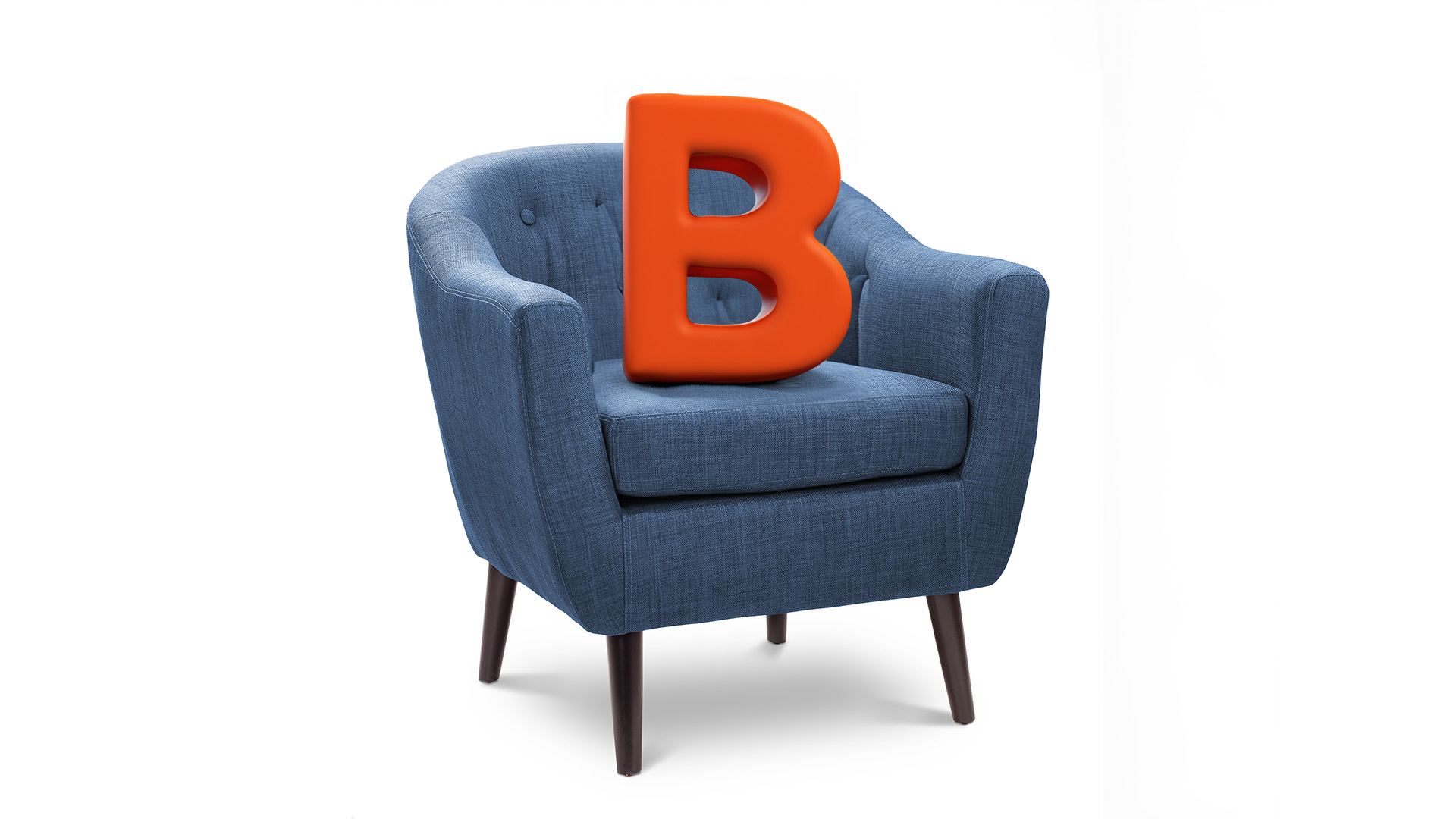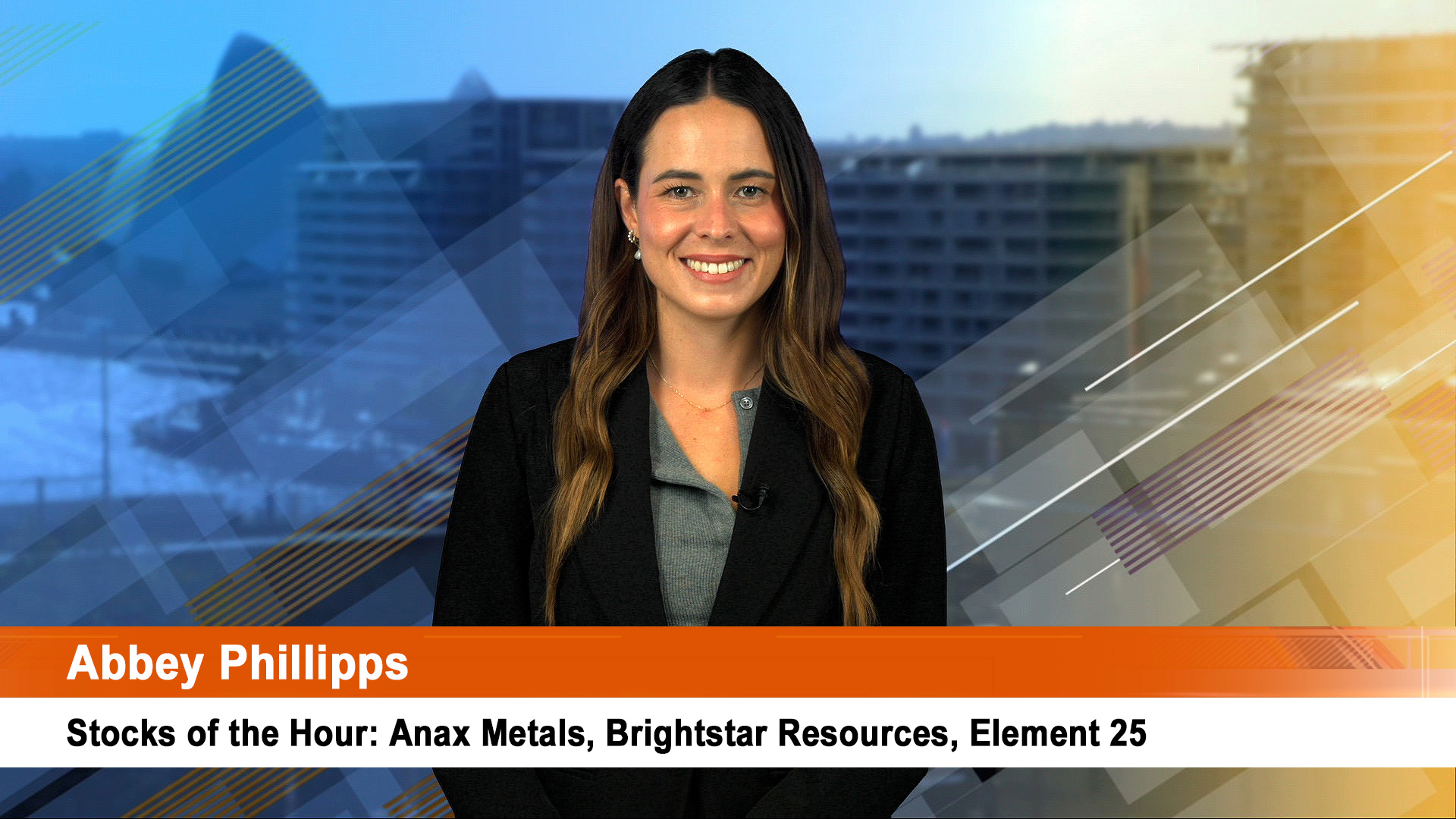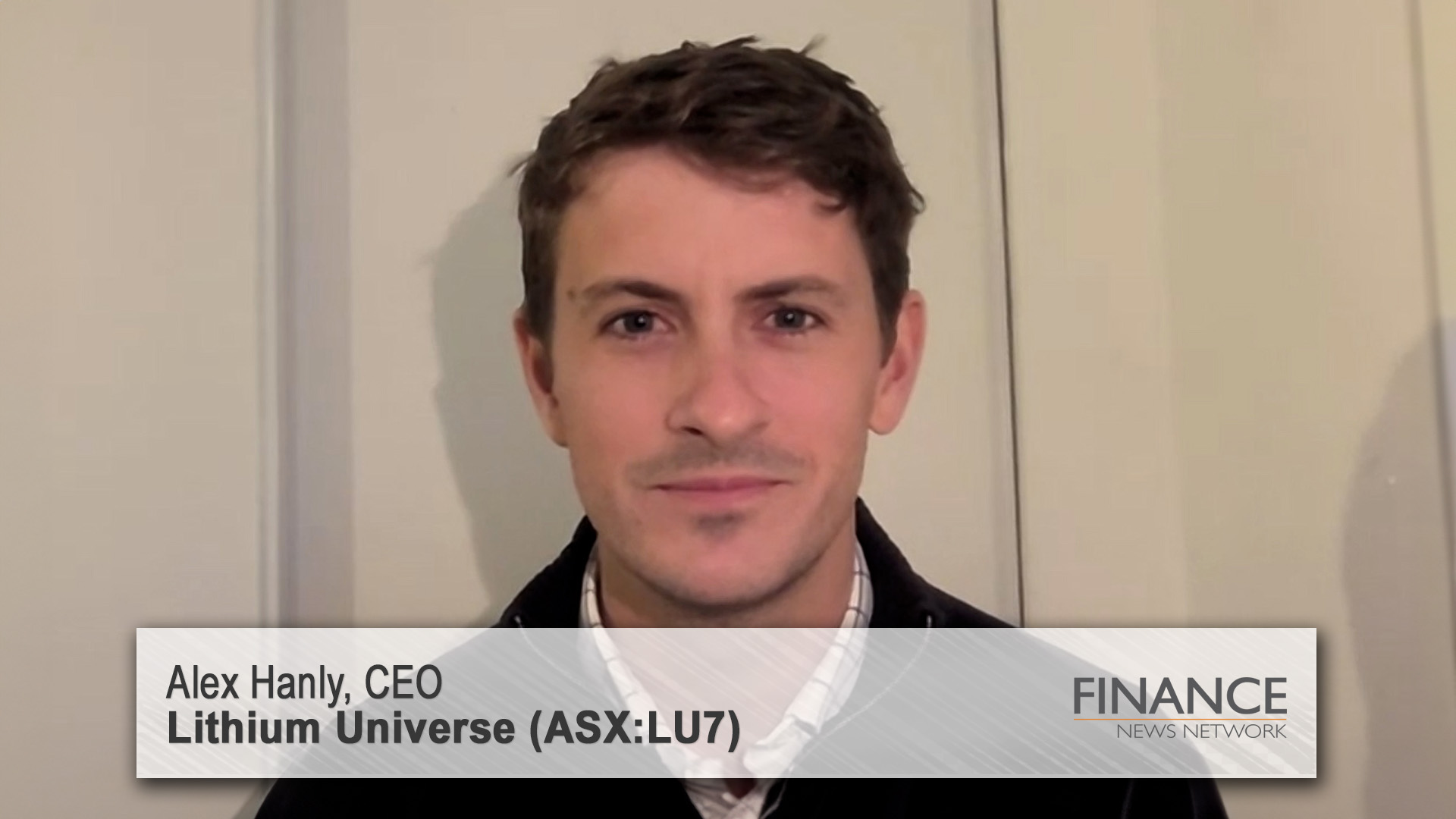
More good news on the economy.
The upturn in business conditions that strengthened noticeably in June, continued into July; while business confidence, which started improving a month or two earlier, is now travelling at levels not seen for two years and is close to its long term average, according to the latest survey from the National Australia Bank.
In some ways it’s no wonder with the government stimulus, building approvals and strong stockmarket all generating a flow of positive news in the past month or so.
Later today consumer confidence will be again measured with the release of the latest figures from the Westpac/Melbourne Institute monthly survey conducted last week.
It is expected to show another improvement.
The results of the NAB survey continue the rush of goodish news about the economy, which was supported yesterday by a much stronger than forecast annual profit from leading electricals retailer, JB Hi Fi, which boosted earnings 45% to $94 million, higher than even the company was forecasting a month ago.
As a result of the upturn in confidence and some of the recent positive economic data, the NAB now says we will duck a recession, with growth positive this year and next (but not before a slowdown later in the year again), unemployment will peak at around 7.3%, compared to the bank’s previous 8% estimate and 8.5% from the federal government.
And the Reserve Bank will start putting up rates next February if conditions remain like they are, but if they strengthen, the first rate rise could come as early as November.
The NAB said while there were gains in confidence and business conditions in July, business conditions were weaker than those for confidence, with employers still shedding labour, but at a "significantly reduced" rate.
Here’s a summary of what the NAB reported yesterday.
Business confidence jumped a further 6 points to an overall reading +10 points – the best since August 2007 and is now approaching long run average levels.
The improvement was very broadly based but especially noticeable in construction, wholesaling, transport and manufacturing (over recent months).
•Business conditions edged higher but importantly maintained last month’s strong gains.
Trading, profits and employment all edged higher by 1, 3 and 2 points respectively (to overall readings of +4, +1 and -5 points respectively). Broadly all these measures have returned to levels last reported in mid 2008.
Gains in activity tended to be concentrated in, the previously very weak, construction and manufacturing sectors (which may have benefited from public sector infrastructure spending and the FHOB) and to a lesser extent finance. Against that, retail & wholesale fell significantly and transport was flat – indicative of weaker consumption.
Forward orders also moved higher – up 5 points (from zero last month) to the strongest level since December 2007.
This jump was driven by stronger orders in manufacturing, construction and mining. Retail (especially cars) & wholesale orders were sharply lower.
Capacity utilisation edged higher to 80.4% from 79.3% while stocks continued to be run off aggressively – with an unchanged index of -10. Labour costs increased by only 0.2% for a record low reading of 1% in the year to July.
Purchase costs also eased further with the annual rate of increase falling to 3.8% – the lowest since February 2008.
Economy wide prices also fell (-0.2% monthly) and the annual rate slowed to 1.6%. Retail price increases were more robust – up 0.4% in the month and 4.0% over the year.
Like the Reserve Bank, IMF and other forecasters, the NAB now sees us missing a technical recession this year
So what does this all mean for growth, or rather, the NAB’s view of it?
It said that the survey clearly points to an accelerating growth momentum.
We have incorporated that into our forecasts for the June quarter which raises the 2009 GDP estimate to zero (from -½%) and 2010 to 1¼% (previously 1%).
That said we still expect the current surge in growth to be temporary.
That is, we still expect consumption to weaken in H2 as the cash bonuses wash out and unemployment increases.
Also private investment is expected to continue to deteriorate significantly in line with sharply lower incomes through declining terms of trade.
We then expect growth to resume in a more sustained manner in early 2010. As a result, we have shaved our expectations for the peak in unemployment to around 7.3% (8% previously).
And interest rates and the RBA?
The RBA is now on neutral bias, watching the data. Critical to timing will be the outcomes for the labour market and growth.
The RBA see a relatively flat outcome for Q2 and H2 2009. Our forecasts are stronger for Q2 but weaker in H2.
We are also marginally more bearish for 2010 and hence have inflation around a ¼ point lower. We also have core inflation a touch below 2% at end 2010.
Based on their activity / inflation forecasts we expect the RBA will start the upward adjustment process in early 2010 (February).
Broadly we see the RBA starting with successive 25 point moves up then waiting a while to assess their impact – moving up by around 50 points each half year.
However better than forecast growth (and worse than expected inflation) would see the RBA bringing forward the timing of rate rises – to late 2009 (say November).
Equally, activity forecasts more in line with our expectations could still see the upward adjustment process delayed to mid 2010. By late 2010 we would expect the cash rate to be around













